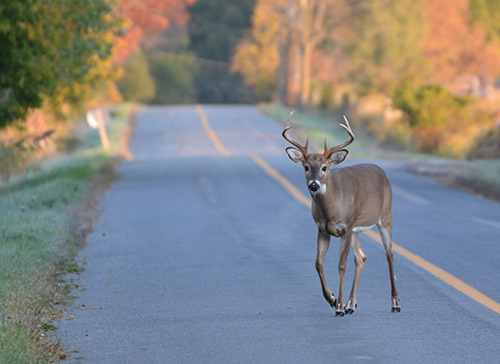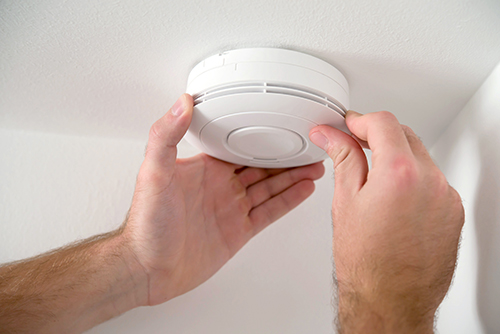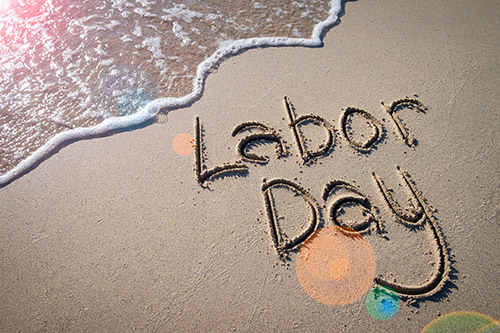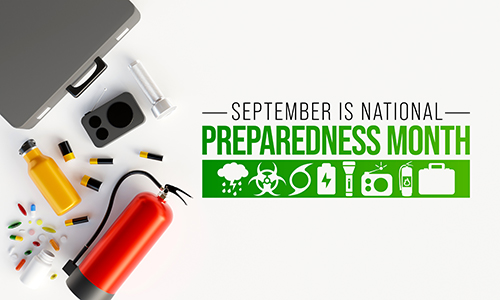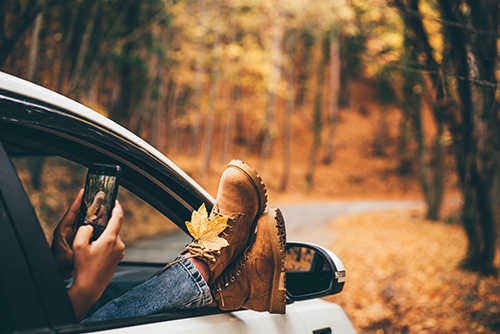
Looking for the perfect fall drive to see the best foliage? These road trips offer colorful foliage and incredible views.
This autumn, take advantage of cooler temperatures and beautiful foliage by planning a fall road trip through some of our most scenic regions.
New England's Historic Trails, Massachusetts
This "road trip" should start on foot in Boston: Walk the Freedom Trail, a 2.5-mile, red-lined route that leads you to 16 historically significant sites, then hop in the car and head west through Massachusetts' Berkshires, taking in plenty of fall colors along the way. Make a detour to Northampton or stop in the living museum that is Old Sturbridge Village. Eager for more history? Travel south through Connecticut, leaving New England as you cross through New York to Philadelphia, and visit the Museum of the American Revolution.
Rhode Island
Take a drive through the country's smallest state, which is packed with fall activities without too much drive time between each. Start at the Rail Explorers excursion in Newport, where pedal-powered vehicles trace historic railroad tracks on 90-minute tours. Then head to Bristol to take in some historic mansions like Blithewold. Finally, make your way along Rhode Island's Brewery Trail, which includes 39 watering holes conveniently located off I-95 and State Highways 138 and 114. Don't miss Foolproof Brewing Company in Pawtucket.
Covered Bridges Loop, Connecticut
Take your time exploring the roughly 100-mile loop through the northwest corner of Connecticut.
Pass through the Falls Village in Canaan, where the churches, streets, houses, and the railroad depot still look as they did in the 1800s. The Appalachian Trail runs right through town, so you can follow the white trail markers for a day hike. Pass through the West Cornwall Covered Bridge, which covers 242 feet of the Housatonic River, visit Lake Waramaug State Park for hiking and fall foliage, and then head to Litchfield to marvel at the gardens at White Flower Farm.
Source: travelandleisure.com
